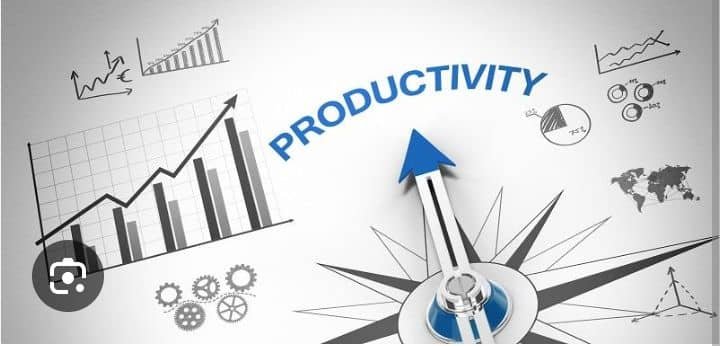Re-Measuring Productivity in Abia: How Data, Digital Economy and Leadership Are Rewriting Our Growth Story
Why I Embarked on the Table Research
For too long, productivity discussions in Abia have focused only on roads, contracts, and budgets. But governance in the 21st century now lives where people work, learn, and trade — online.
In Abia, thousands of young people, artisans, and traders already use WhatsApp, Instagram, and TikTok to sell goods, teach skills, and build livelihoods. Yet, traditional productivity models don’t measure these contributions.
This gap inspired me to conduct a “table research” on the National Productivity & Digital Engagement Index, built around how states like Abia can quantify and monetise their growing digital participation.
The aim is simple: to link what our people are already doing online with the formal economy Governor Alex Otti is rebuilding on transparency and data.
How We Built the Model
Using frameworks from the UK Office for National Statistics and Nigeria’s National Bureau of Statistics (NBS), I adapted a productivity dashboard with local realities:
Economic Output: Real GDP, sectoral GVA, and digital-economy contribution.
Labour Input: Employment, gig work, and digital workforce participation.
Digital Capital: ICT infrastructure, broadband penetration, and mobile reach.
Social Media Productivity: Value of online businesses, content monetisation, and social commerce.
Institutional Efficiency: Digital governance, transparency, and citizen engagement metrics.
By regressing GDP against ICT capital, digital adoption, social-media reach, and e-commerce volume, we found that digital adoption is the single most powerful predictor of productivity growth.
What the Data Suggest for Abia
The findings resonate deeply with what we see in Abia today. Governor Alex Otti’s administration publishes quarterly financial reports, digitises revenue collection, and clears long-standing arrears — rebuilding public confidence.
When you overlay that transparency with our rising digital adoption, the productivity equation becomes obvious: digital governance + digital workforce = sustainable growth.
Across Aba, Umuahia, and Ohafia, small manufacturers and traders now market via Instagram and receive payments through fintech platforms. Each transaction — often invisible to old-style statistics — adds real value to Abia’s economy.
Connecting with National Trends
Nigeria’s ICT sector already contributes about 20% of GDP, and federal agencies like NITDA are targeting 95% digital literacy by 2030. Abia, under Otti, is positioned to lead subnational implementation by embedding digital systems across finance, civil service, and enterprise.
As Abians, we must move from consuming social media to producing measurable digital value. Every digital skill trained, every SME digitised, and every young person earning online counts toward Abia’s productivity index.

Policy and Development Implications
Build a State Productivity Dashboard that integrates digital-economy indicators.
Empower Abia youth and MSMEs to convert digital visibility into income.
Expand digital infrastructure and broadband access through PPPs.
Incentivise data-driven decision-making across ministries and LGAs.
Promote innovation hubs and creative-economy corridors in Aba and Umuahia.
Final Reflection
This research journey reaffirmed what many of us in Abia already sense: data is our new oil, and digital inclusion is our new factory. Under a reformist leadership, productivity is not only measured by how much the government spends, but by how efficiently our people create, innovate, and connect.
AbiaState #DigitalEconomy #AlexOtti #Leadership #Productivity #DataDrivenGovernance #Innovation #GoodGovernance
AProf Chukwuemeka Ifegwu Eke







